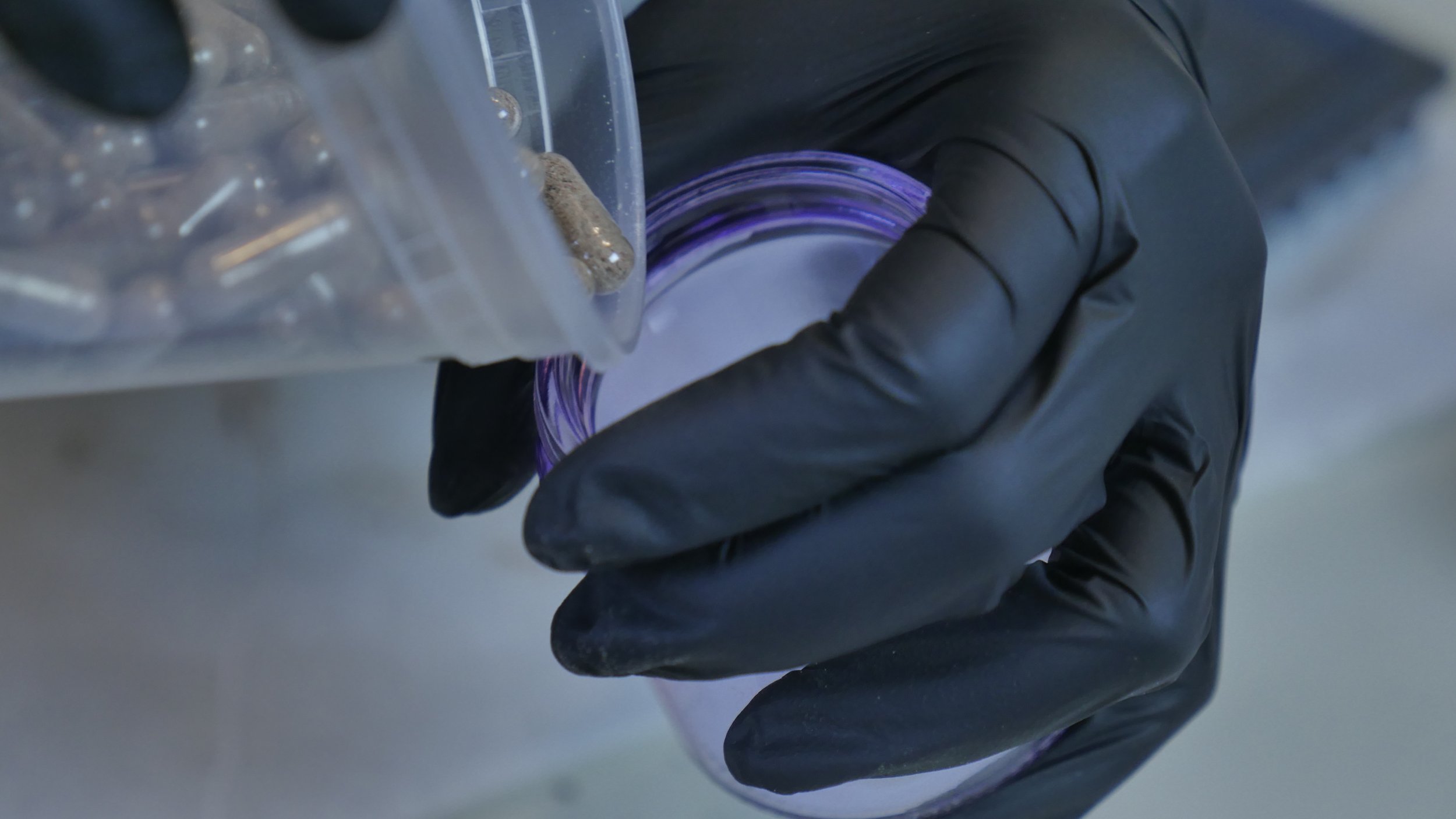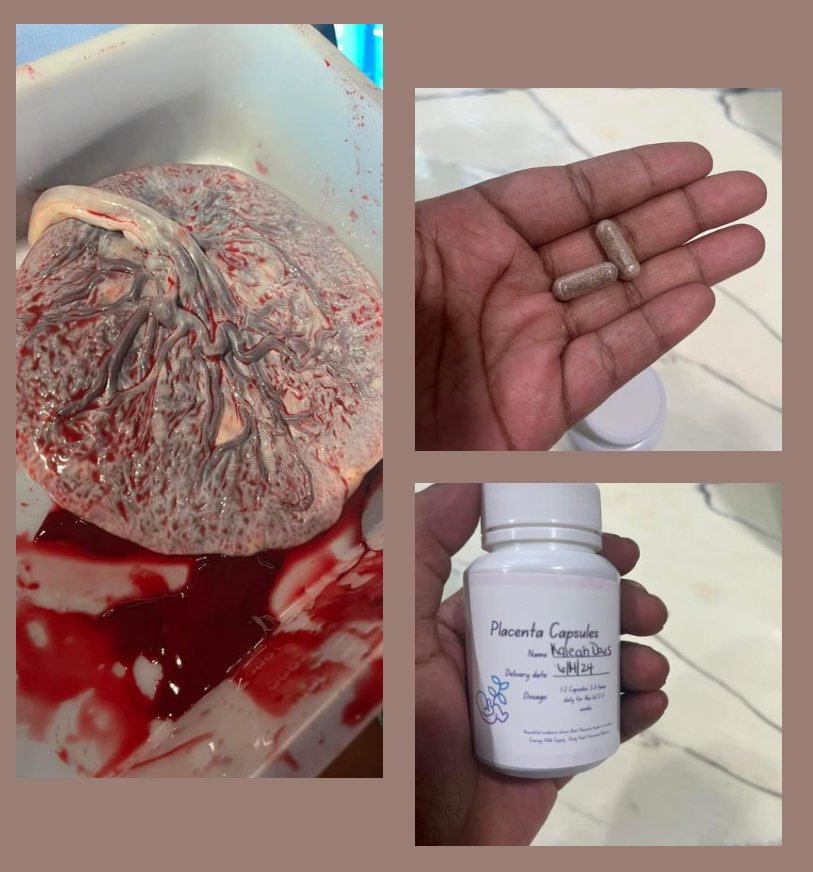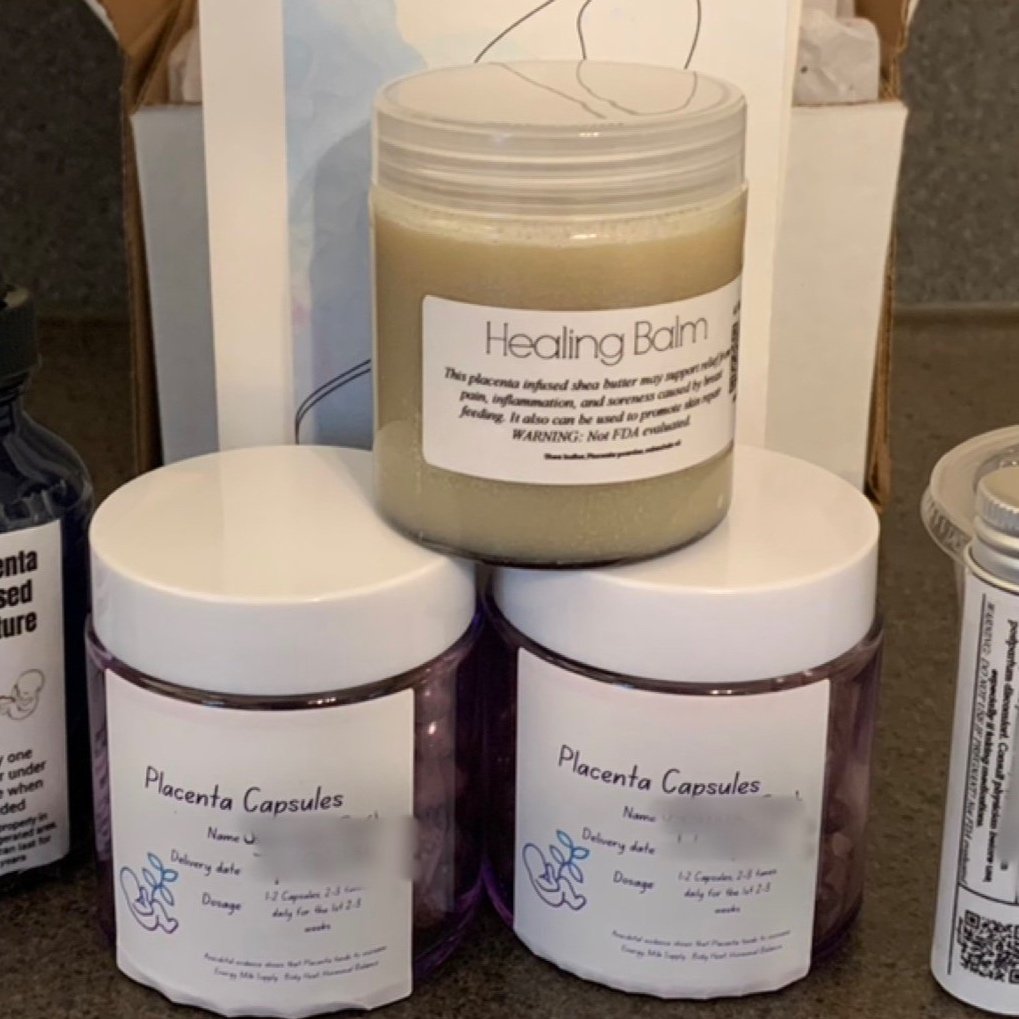Placenta encapsulation is the practice of encapsulating dehydrated placental tissue into pills for postpartum consumption.While traditionally practiced in many cultures, it's a practice gaining renewed interest in the West. However, it's important to approach it with a balanced perspective.
Claimed Benefits:
Improved Mood: Proponents suggest placenta encapsulation may help regulate postpartum hormones, specifically increasing oxytocin (the "love hormone") and decreasing stress hormones. This could potentially improve mood and decrease the risk of postpartum depression.
Enhanced Milk Supply: Some believe placental hormones can stimulate milk production and letdown.
Increased Energy Levels: The placenta is rich in iron and other nutrients, which may help combat postpartum fatigue.
Faster Uterine Involution: Oxytocin is also responsible for uterine contractions. Theoretically, increased oxytocin levels could aid the uterus in shrinking back to its pre-pregnancy size.
Important Considerations:
Limited Research: There is currently a lack of large-scale, high-quality studies to definitively support these claims.More research is needed to determine the effectiveness and safety of placenta encapsulation.
Potential Risks: Although uncommon, there's a small risk of improper processing leading to bacterial contamination. It's crucial to use a qualified encapsulation specialist who follows strict hygiene protocols.
Regulation: Placenta encapsulation is not regulated by the FDA in the United States. Discuss this practice with your healthcare provider to understand the potential risks and benefits in your specific situation.
Making an Informed Decision
If you're considering placenta encapsulation, consult your doctor or midwife. They can discuss your individual needs and help you weigh the potential benefits and risks. Remember, placenta encapsulation is a personal choice, and there's no right or wrong answer.















